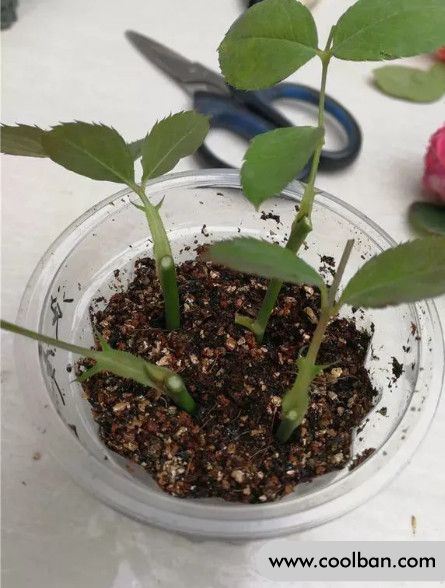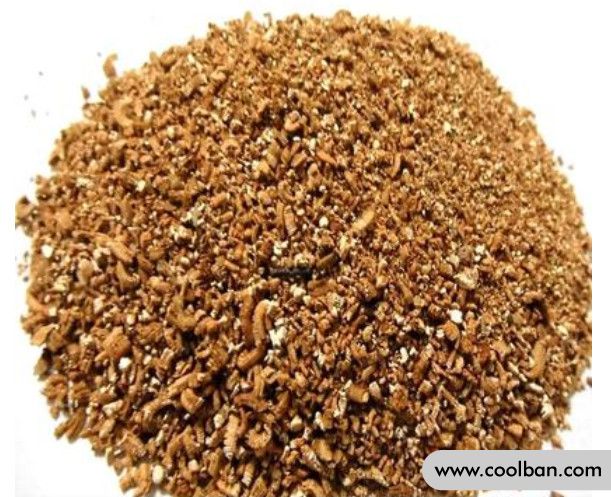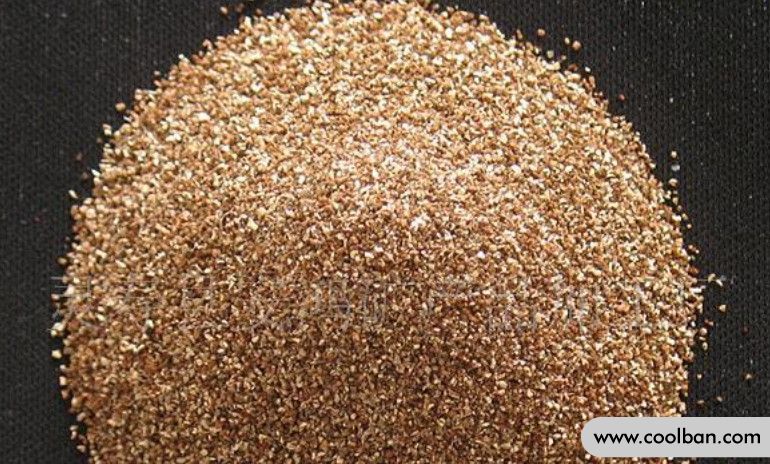What is the difference between vermiculite and perlite in planting?
Vermiculite is mostly used as a seedling substrate and can be used as a substrate for seeds and cuttings. Using vermiculite to cultivate seedlings can not only improve the survival rate of seedlings, but also can germinate quickly. So, how to use vermiculite for seedlings?

The method of vermiculite seedling raising:
Using vermiculite to cultivate, the most important thing is how to use it correctly. Because vermiculite has strong air permeability, water permeability and water retention capacity, it is very high to be used as a seedling substrate.
First of all, we have to prepare vermiculite, although it is a non-toxic, sterile and pollution-free mineral, it can also be infested by bacteria during the production process. Therefore, it is best to soak carbendazim for 15 minutes before using vermiculite.
Then, using a disposable cup, take the soaked vermiculite out and place it in a container. But it should be noted that because the vermiculite has just been soaked, there will be a lot of water when it is fished out. If you put it directly into a container, it will cause a drop in breathability due to too much moisture. Therefore, after picking up the vermiculite, squeeze it with both hands to squeeze out the excess water and keep it moist without moisture. It can also be taken out directly, placed in a ventilated place to dry, and then used as a culture medium.

Then, we put the prepared seeds into the vermiculite, or put the cuttings into the vermiculite.
Because vermiculite is moist, it does not need watering and can be placed in a cool, ventilated and ventilated place and wait for its germination.
In this process, once the vermiculite is dry, it is necessary to add moisture in time. However, it cannot be watered directly, because the vermiculite under the pot has a good water retention capacity, and it is easy to cause water accumulation at the bottom when watering. The correct way is to use a nozzle to spray water onto the surface of the vermiculite and keep it moist.

What is the difference between vermiculite and perlite for horticultural cultivation?
Vermiculite is a kind of mica mineral with good buffering property and insoluble in water. It is rich in magnesium and potassium and is a good soilless culture substrate. Vermiculite is an acidic substance, which is generally used in soilless cultivation. The pH value is 5.5~6.5. If combined with strong acid peat, it can last 1-2 times.

Perlite is a mineral formed from siliceous volcanic rock that exhibits spherical fractures resembling pearls. The mineral has a closed cell structure. The following are the characteristics of perlite:
(1) Good air permeability and moderate moisture content. After perlite is irrigated, there is still a lot of water on the surface, and it is easy to flow because of its low water content. So perlite is easy to drain and easy to ventilate.
Although the water absorption rate of perlite is not as high as that of vermiculite, because there is water in the bottom layer, perlite can penetrate the water between the particles and absorb all the water in the bottom layer into the bottom of the basin, while maintaining a high permeability. Its water content can fully meet the root growth needs of plants. Therefore, for some flowers that have strict requirements on moisture content, choosing perlite is better than vermiculite. Especially in some plants that like acid in the south, pearl stone can play its advantages.
(2) The physical and chemical properties of perlite are (PH7.5-7.0). There are few chemical components in perlite, but most of them cannot be directly absorbed by the roots of plants, so its pH is higher than that of vermiculite, so it is suitable for growing in the south.
(3) It can be used as a soilless culture substrate or mixed with peat, vermiculite, etc.
